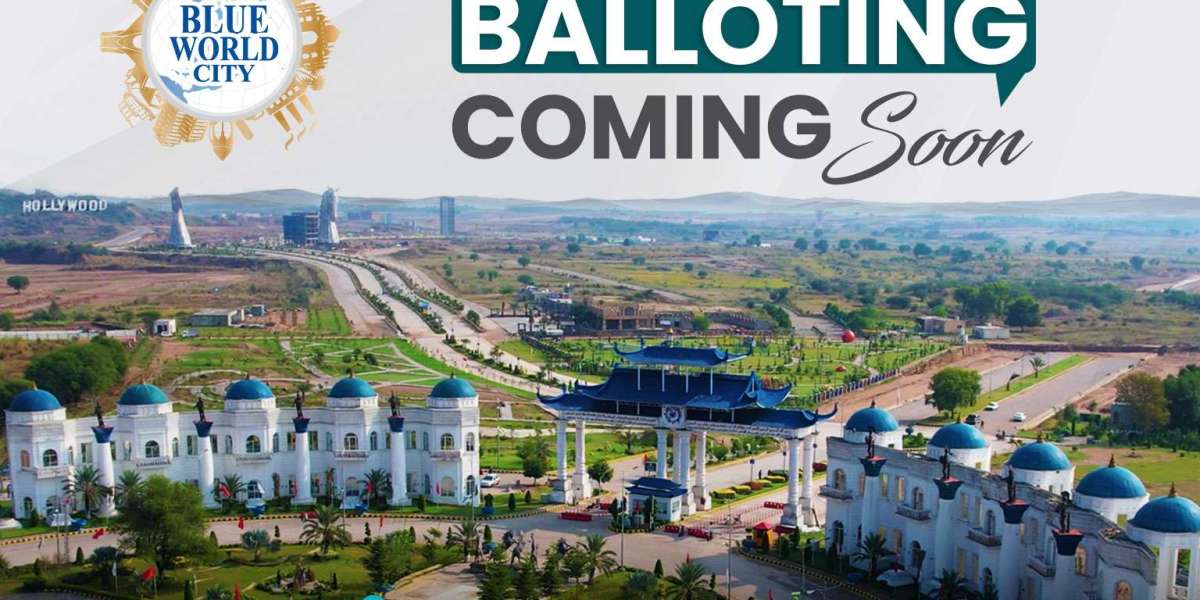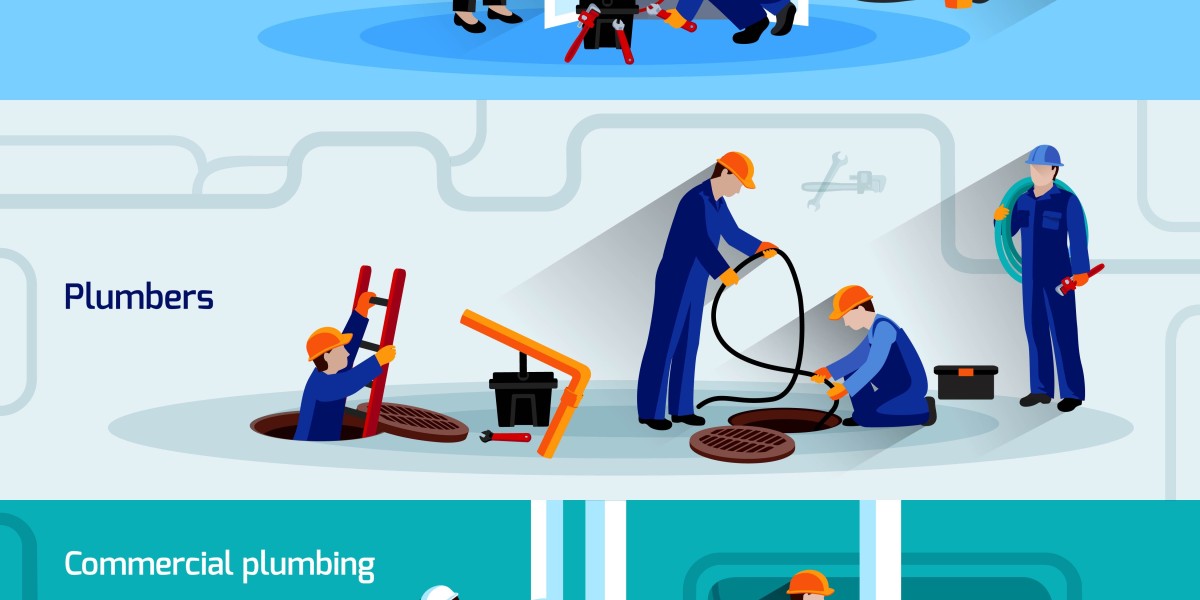In recent years, Lahore, the cultural capital of Pakistan, has witnessed a transformation of unprecedented proportions. The city's skyline has been reshaped by modern architecture, its infrastructure upgraded, and its economic potential unlocked. At the heart of this transformation lies the ambitious project known as "Shenzhen City Lahore," an urban development endeavor that promises to make Lahore a key player in the global landscape of innovation, commerce, and culture.
Shenzhen City Lahore is poised to become a beacon of progress and development in Pakistan. This article explores the significance of this groundbreaking project and the potential it holds for Lahore, Pakistan, and the broader region. We'll delve into the project's origins, its unique features, the industries it seeks to foster, and its broader implications for urban development in Pakistan.
The Genesis of Shenzhen City Lahore
Shenzhen City Lahore is not merely a real estate project; it represents a vision for the future of urban living in Pakistan. The project is named after Shenzhen, a metropolis in southern China that went from being a humble fishing village to one of the world's leading tech hubs in just a few decades. This transformation was driven by the establishment of the Shenzhen Special Economic Zone in the late 1970s, which allowed for economic reforms and foreign investment.
Inspired by the Shenzhen model, the Lahore Development Authority (LDA) embarked on an ambitious journey to create a city within a city. Shenzhen City Lahore was envisioned as a hub for innovation, commerce, and sustainable living. It was conceived to accommodate a burgeoning population, foster economic growth, and serve as a blueprint for future urban development in Pakistan.
Key Features of Shenzhen City Lahore
Smart Infrastructure: Shenzhen City Lahore boasts state-of-the-art infrastructure, including smart transportation systems, energy-efficient buildings, and sustainable water management. This modern infrastructure is designed to enhance the quality of life for residents and promote a cleaner, greener environment.
Technology Parks and Innovation Hubs: Central to the project's vision is the establishment of technology parks and innovation hubs. These spaces are intended to foster creativity, research, and development, positioning Lahore as a hub for tech startups, research institutions, and IT companies. Shenzhen City Lahore is set to rival existing tech hubs like Karachi and Islamabad.
Residential and Commercial Spaces: The city features a mix of residential and commercial spaces, with modern apartments, townhouses, and commercial zones. These spaces are designed to cater to the diverse needs of the population and accommodate a range of businesses.
Educational Institutions: Education is a core pillar of Shenzhen City Lahore's development strategy. The project includes plans for world-class educational institutions, aiming to attract local and international students, thereby fostering a knowledge-based economy.
Green Spaces: The city is dotted with parks, gardens, and recreational areas. These green spaces not only contribute to the city's aesthetic appeal but also promote a healthy lifestyle.
Cultural and Recreational Facilities: Shenzhen City Lahore recognizes the importance of culture and leisure in a city's vibrancy. It plans to host cultural events, art galleries, theaters, and sports facilities to enrich the cultural life of its residents.
Economic Opportunities: By attracting businesses and fostering innovation, Shenzhen City Lahore creates numerous job opportunities for the local population. This economic growth contributes to the overall development of the region.
Industries Set to Thrive in Shenzhen City Lahore
The success of Shenzhen City Lahore largely hinges on its ability to nurture and attract key industries. While the city is still in its early stages of development, several sectors are already showing promise:
Information Technology (IT): Shenzhen City Lahore is positioning itself as a major IT hub in Pakistan. With dedicated technology parks, support for startups, and a focus on IT education, the city is primed to rival established IT centers in the country.
Biotechnology and Pharmaceuticals: The city's commitment to research and development makes it an ideal location for biotechnology and pharmaceutical companies. The presence of research institutions and educational facilities will provide a pool of talent for these industries.
Manufacturing and Electronics: Just as Shenzhen in China became synonymous with electronics manufacturing, Shenzhen City Lahore is set to become a hub for electronics production and assembly. The project's commitment to infrastructure and accessibility enhances its appeal for manufacturers.
Financial Services: The city's modern infrastructure and commitment to economic growth are attractive to financial institutions. Shenzhen City Lahore has the potential to become a significant financial center in Pakistan.
Creative Arts and Entertainment: The cultural and recreational facilities planned for Shenzhen City Lahore will likely attract artists, performers, and cultural entrepreneurs. This, in turn, will contribute to the city's cultural vibrancy.
Implications for Urban Development in Pakistan
Shenzhen City Lahore is more than just a real estate project; it represents a shift in Pakistan's approach to urban development. The project offers several lessons and implications for the future of urban development in the country:
Urban Planning and Sustainability: Shenzhen City Lahore underscores the importance of thoughtful urban planning that integrates sustainability and technology. This approach should be adopted in other cities to address issues like congestion, pollution, and inadequate infrastructure.
Economic Diversification: The project emphasizes the need for economic diversification within cities. Relying on a single industry or sector can lead to instability. Diversified economies are more resilient and provide a safety net for the population.
Education and Innovation: Shenzhen City Lahore highlights the significance of education and innovation as drivers of economic growth. Investing in education and research institutions can position a city as a knowledge-based hub, attracting talent and businesses.
Quality of Life: The city's emphasis on green spaces, cultural facilities, and recreational areas demonstrates the importance of enhancing the quality of life for residents. A focus on well-being and a high standard of living can make urban centers more attractive and competitive.
Public-Private Partnerships: Shenzhen City Lahore's development model involves public-private partnerships, which can be an effective way to leverage resources, expertise, and investment for large-scale urban projects.
Conclusion
Shenzhen City Lahore is a beacon of hope for urban development in Pakistan. The project, inspired by the transformation of Shenzhen in China, aims to turn Lahore into a modern, sustainable, and innovative city. With its smart infrastructure, focus on education, economic diversification, and commitment to enhancing the quality of life, it sets a precedent for the future of urban development in the country.
As Shenzhen City Lahore continues to evolve and attract businesses, residents, and investors, it has the potential to shape not only Lahore but also the broader landscape of urban development in Pakistan. This project is a testament to what visionary planning and collective effort can achieve, and its success could serve as a model for cities seeking to redefine themselves in the 21st century. As we look forward to the completion of this ambitious undertaking, it's clear that Shenzhen City Lahore is more than just a city; it's a vision for Pakistan's future.



